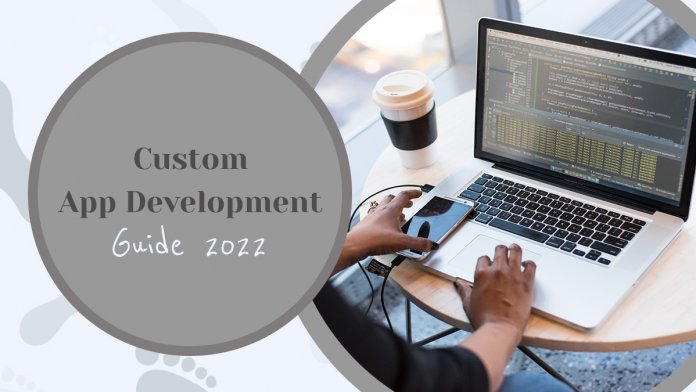The market of apps is getting a bit overwhelming in 2021. Google Play Store at present gives more than 2.87 million apps, and Apple App Store has 1.96 million proposals on the table. The odds are in the event that you understand this, you tracked down no decent application in one or the other store to fulfill your necessities. Every one of them is somewhat perfect; yet, none has a full extent of functionalities and elements to tackle your specific business issue.
Let’s make a quick overview of custom smartphone applications development: from the idea and field-tested strategy to the send-off, advertising, and income.
Software Development vs. Custom Software Development
The umbrella term of software development includes all practices, stages, and exercises connected with conveying a software thought to the market: from the idea to a prepared to-utilize arrangement. It incorporates:
- Ideation
- Roadmapping
- Programming
- Testing
- Bug fixing
- Upkeep
- Documentation
While researching “software development,” you will find offers from the site and mobile app engineers, mobile creators, QA-trained professionals, DevOps specialists, project administrators, and so on. Every one of them participates in the more noteworthy course of fostering some software. Yet, that is as of now clear; the stunt comes when the contrast between software development and custom arrangements is raised.

It could appear to be that each software development is custom-based. Indeed, the facts really confirm that a dev group makes another answer for a specific organization with explicit prerequisites and in light of the characterized needs. However, there is a distinction.
Custom App Development Benefits
The way that a custom-made coat suits one better is unquestionable; the equivalent goes for the custom apps. Obviously, at times an instant coat can finish the work – warm one up in the chilly climate, yet in the event that you want to sparkle and stand a part of the group, a customized arrangement can get the job done much better. Here is the reason.
Cross-platform application
At the point when a client orders a customized cross platform mobile application, they don’t have to choose which OSs, gadgets, models, programs, and forms of every one of those are upheld by the app. The low/no-code arrangements regularly have an exceptionally restricted choice.

Besides, an app planned according to your necessities can flawlessly store a client’s meeting from a web app into an Android or work area rendition. The end clients generally appreciate such UX.
High security
This is a particular and fundamental component of customization since the dev group can provide you with any security features you could require (two-step confirmation, blockchain, encoded information, and so on). This, thus, diminishes the gamble of robbery and increments customer steadfastness.
Planning
A custom app can be planned with the future vision to scale, interface with different administrations, develop new elements, and so on.

Assuming you are utilizing a similar development group for the current and future app building, this advantage works best.
Smoother connection
Some low-code apps are difficult to interface with the current frameworks, particularly while the programming dialects or codes don’t coordinate. With a custom arrangement, this issue doesn’t exist in light of the fact that the app is explicitly intended to consistently associate with the current and even heritage frameworks.
Storage location
Today, customized applications are habitually put away on a cloud to accommodate the quick and productive work of the app, while the instant forms would require a server to run from. This involves an additional expense and a higher gamble of the app crashing.
How Long Does It Take to Build a Custom App
Taking into account that you will follow the prescribed procedures and constantly work on your custom android app development or custom iOS app development, the response is – it goes on and on forever. Yet, you are likely searching for a more exact answer: when the application gets sent off and starts to get some income. This interaction normally takes from four to nine months, contingent upon a scope of work.
The genuine timetable in custom mobile application development vigorously relies upon your task scope. A small app can be done in 90 days, while an extensive plan would require several months.
In Final Words
The client-centricity component supports client maintenance, making individuals return to your application and use it over and over. You really want to think about the app’s general plan and natural UX/UI among the principal client-centricity highlights. The application needs to follow security best practices and cover the critical needs of the clients.
